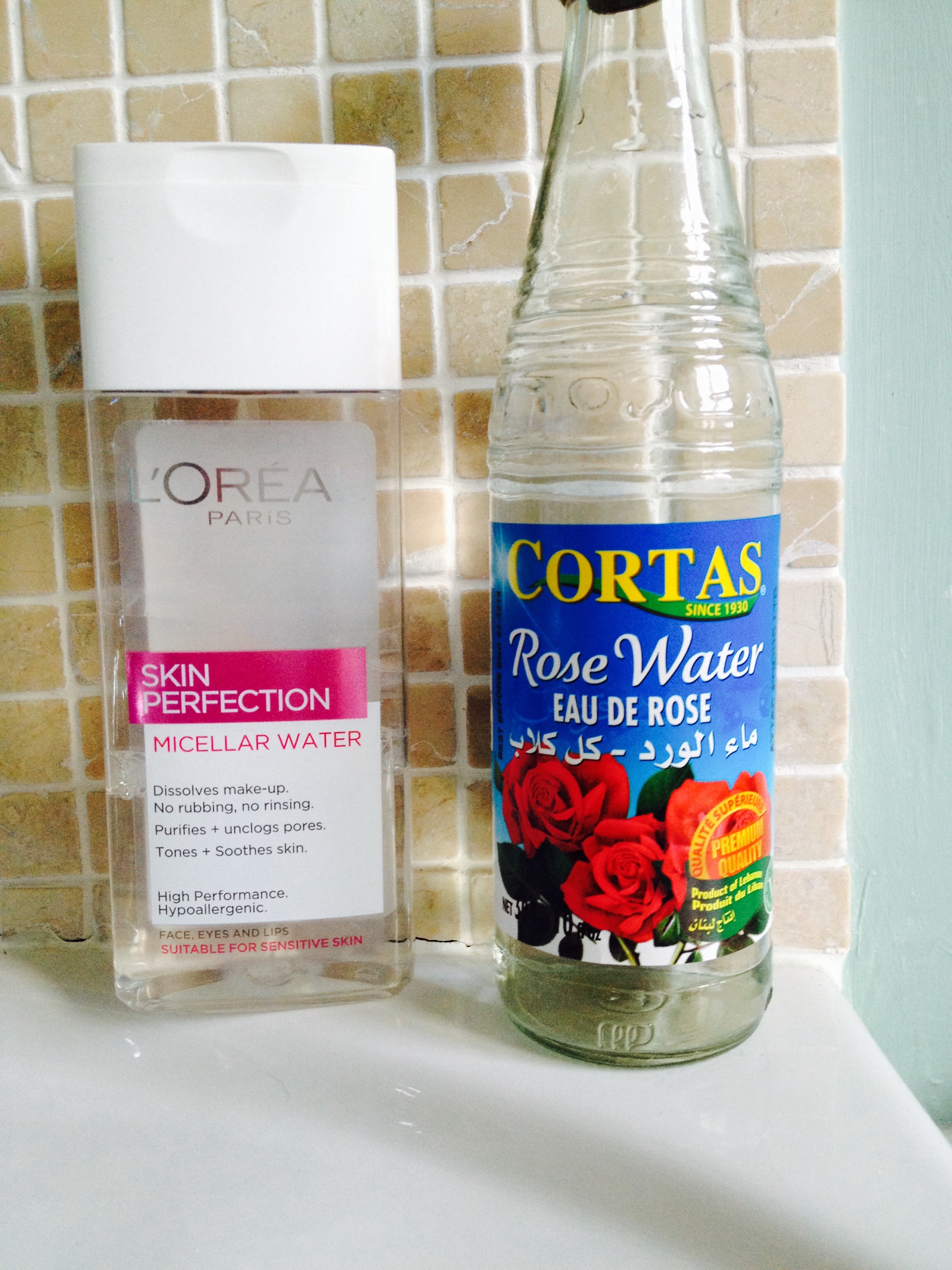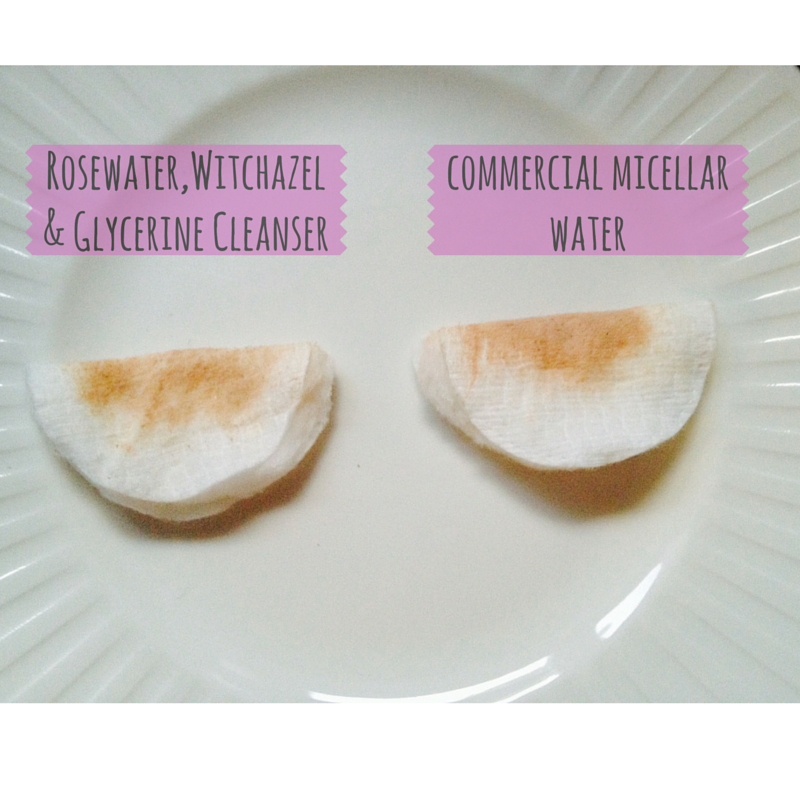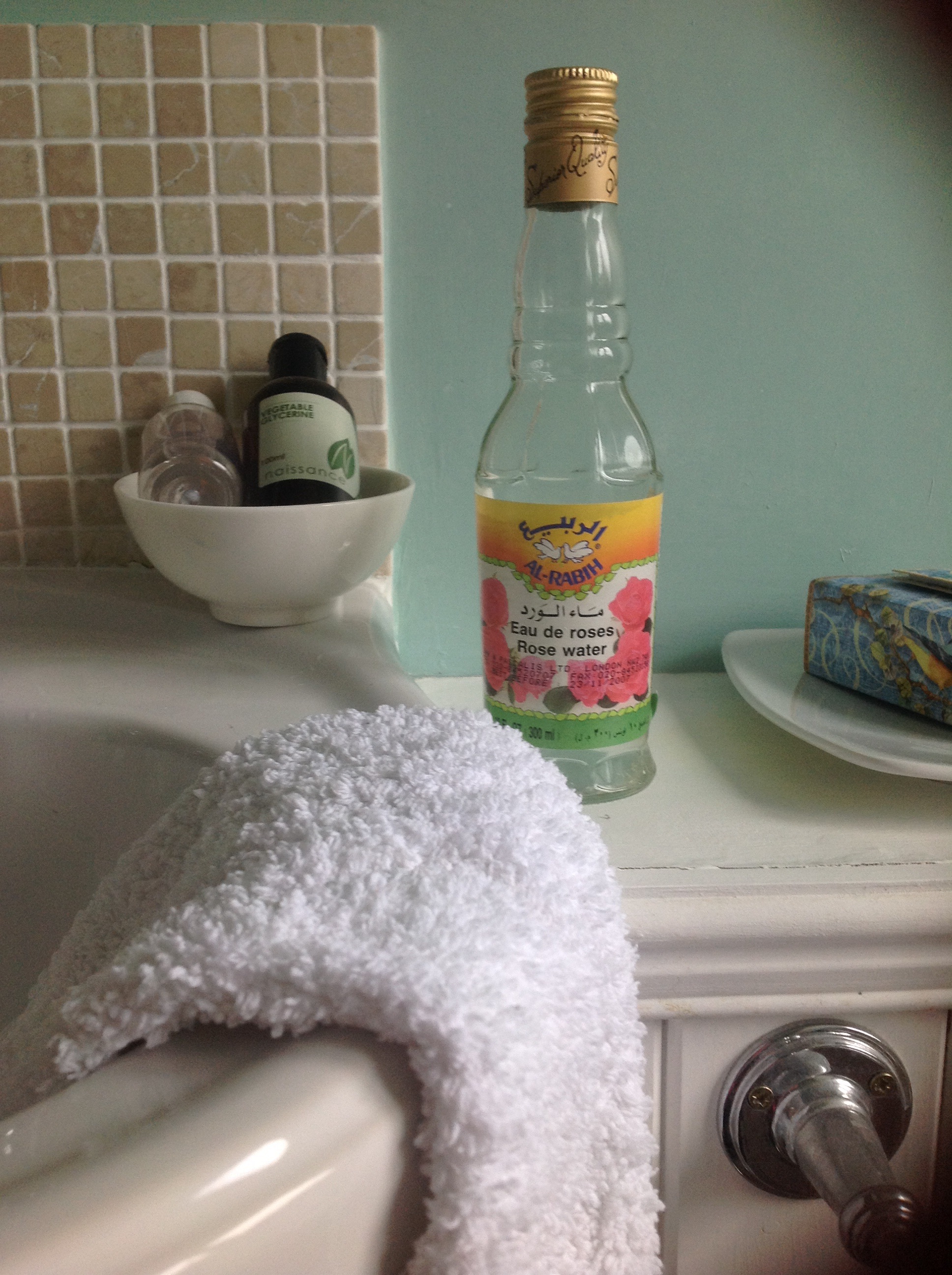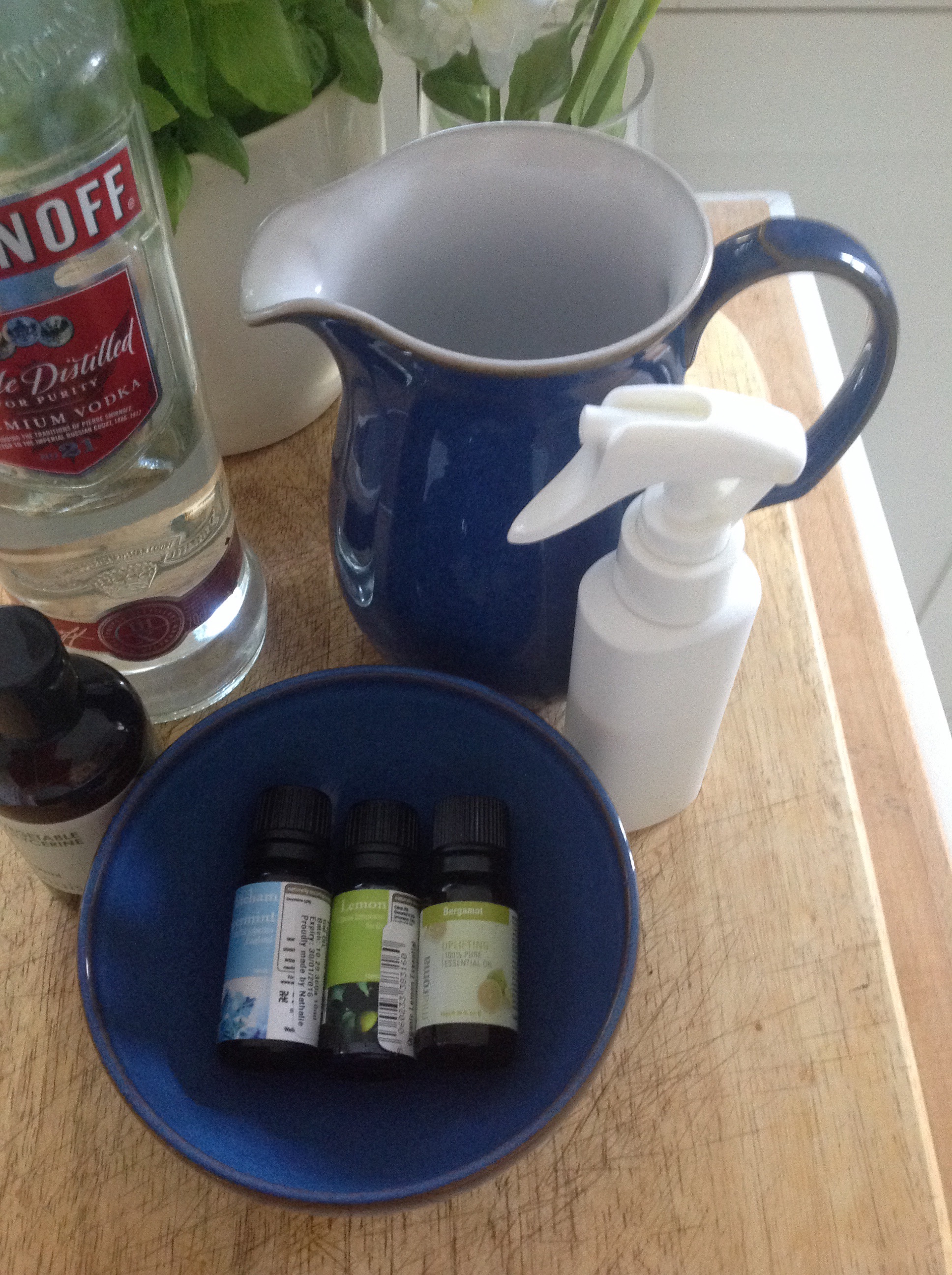I ran out of my favourite brand of Rosewater recently and since Edgware Road is no longer on my way home, I did not want to go out of my just to get a bottle of Rosewater.
I found the Cortas brand of Rosewater in a local store selling Middle Eastern, Continental and English food, on my way home, you might have read about this in an earlier Post about a bowlful of Cherries, I also purchased a lovely bottle of Orange Blossom Water along with the cherries at the same time.
The bottle, although not as pretty as my previous brand, said Cortas was established in 1930. It wasn’t very expensive, so I thought I would try it out.
After some research, I found out that there are several types of Rosewater, the ones that include other ingredients and use Rose Oil, are used for skincare only and may often include artificial scent and preservatives.
The Cortas Rosewater lable had little information about what it was made of or how it was made but after a bit of digging, I found out that it is all natrual, and food grade, it is made from distilled Rose Petals with no additives. It has a lovely sweet Rose Scent, a little tangy compared to my last bottle of Rosewater. It comes from the Lebanon and is a very popular brand stocked by many Middle Eastern stores.
Since I am running low on Micellar water, it occurred to me that the home made Rosewater and Glycerine toner, I’ve been using was pretty good at removing make-up on the occasions I had managed to leave some on my skin after washing my face with a liquid facial soap.
Before getting some more Micellar water make up remover (I use it when I’m in a rush or need a quick freshen up) I thought I’d try making up a batch of a cleanser using Rosewater, Glycerine and Witch Hazel.
Micellar Water is made up of special molecules within the liquid that act like tiny sponges, absorbing any dirt or make-up, grabbing it off the skin and depositing it on the cotton wool pad that the water has been soaked in. There are many brands, some that promise not just the benefits of cleansing, but lots of other claims besides.
I thought that the properties of Glycerine were pretty similar, it’s a humectant, attracting and retaining moisture, it been used widely as an ingredient for skin cleansers. So after a few mixes and experiments, I got to what I thought was the right consistency for the cleanser (too much glycerin and it became too sticky and made my skin feel shiny, too little and it did not clean as well as the Micellar Water).
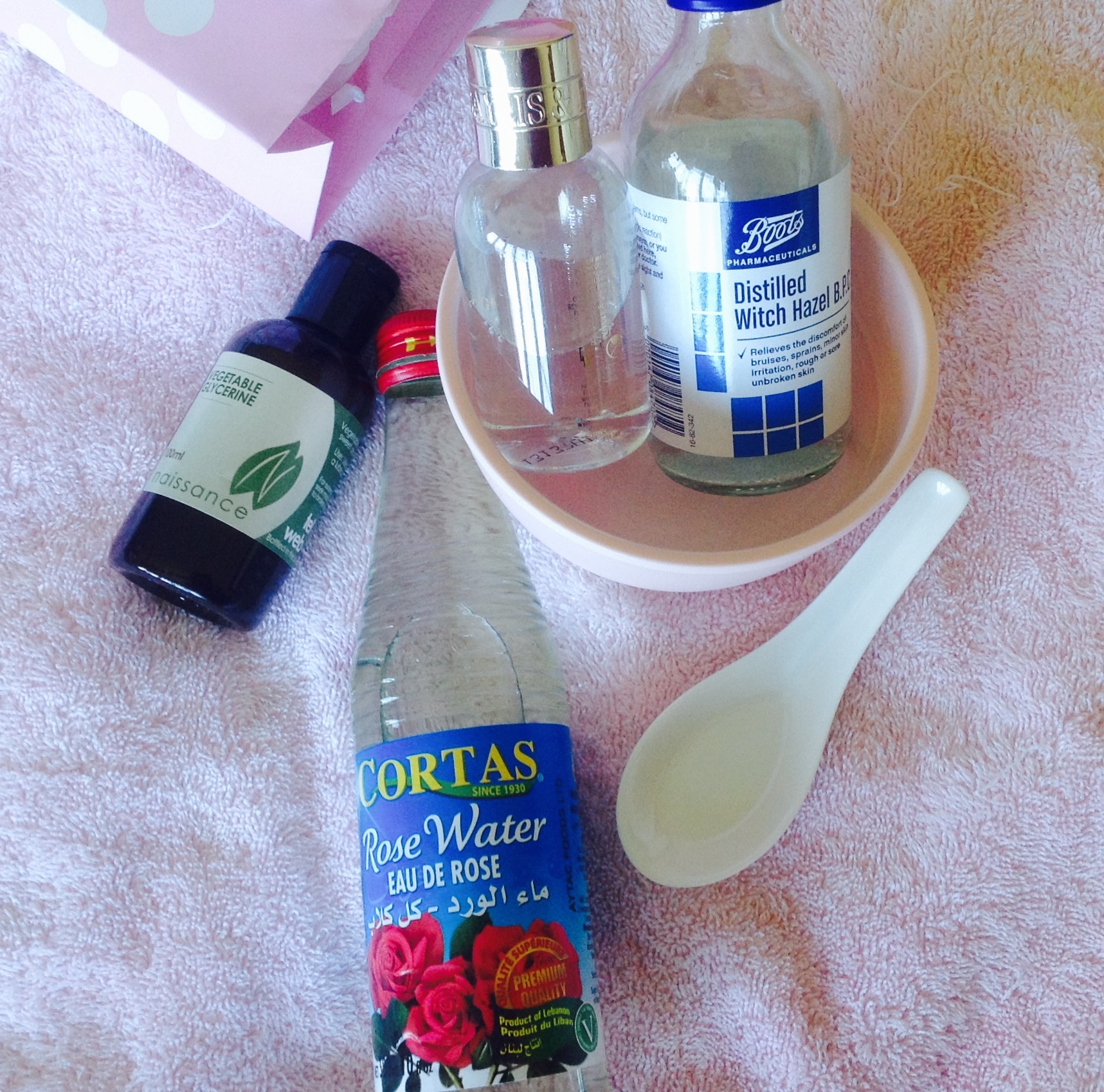 The final mixture that is almost like the Micellar Water, a gentle liquid, great at cleansing the skin and leaving no sticky residue. It consisted of the following combination:
The final mixture that is almost like the Micellar Water, a gentle liquid, great at cleansing the skin and leaving no sticky residue. It consisted of the following combination:
5 parts Rosewater
2 parts Witch Hazel
The ingredients were simply put into a bottle and shaken to mix thoroughly.
To see if it would work as well the Micellar Water, my experiment involved a comparison test. I used the Rosewater cleanser to cleanse my face on one side, the other side with the Micellar Water.
I’ve been using the home-made cleanser for 2 weeks and my skin feels softer. Since both Rosewater and Witch Hazel have natural astringent properties, I’ve noticed that not only does my skin feel softer, my pores are much smaller too.
The fragrance and liquid are instantly refreshing. I like the fact that I’ve made it, I much prefer to know what ingredients I’m using and in what quantities. As there’s no preservatives, the ingredients are all natural with zero commercial chemicals or preservatives. It also means it’s more likely to be better for my skin.
I think this home-made version works just as well as the commercially made Micellar Water, best of all it smells heavenly, like taking a walk through a Rose Garden, hmmm, I’m off to go and clean my face.
